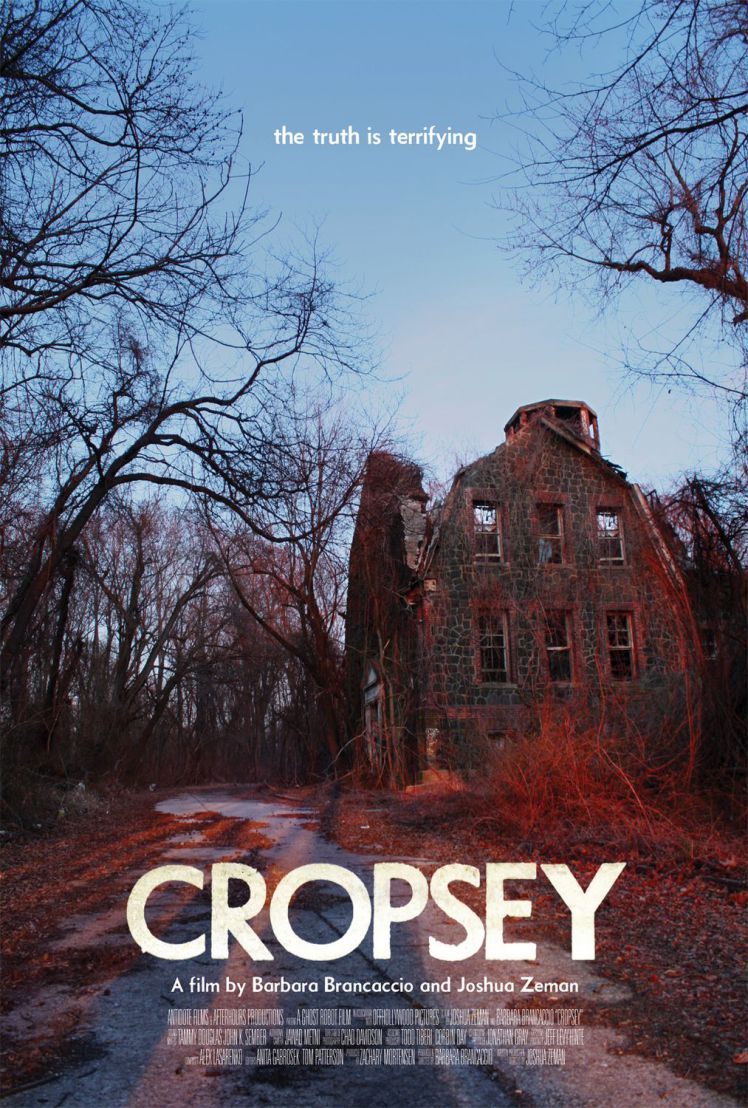 Ghosts of Spain: Travels Through Spain and Its Silent Past by Giles Tremlett
Ghosts of Spain: Travels Through Spain and Its Silent Past by Giles Tremlett
My rating: 4 of 5 stars
It is still a mystery to me how so many Spaniards can function on so little sleep.
Late one night in Madrid, as my friend and I finished eating our dinner on Spanish time—which means we get home around midnight—we were walking back to our apartment when it suddenly began to rain. First, it sprinkled; then, it drizzled; and soon it was pouring. Without an umbrella (here amusingly named paraguas, “for water”) we were forced to take cover in a bar.
As we stood there, looking out at the rain washing down the tiled streets, I heard somebody behind me say, in accented English, “It’s finally raining in Madrid.” I turned around and saw that it was the Spanish waitress, looking pensively out at the rain. Beside her was a bald patron, with the same thoughtful look on his face. “Oh, Madri’,” he said, in a thick Scottish accent. “It’s a beau’i’ful ci’y. Jus’ beau’i’ful.”
To me, this moment summarized my reaction to this city so far. It’s lovely here in Madrid. I had never planned on moving to Spain; I wasn’t even particularly interested in visiting Spain on vacation. It was a mixture of chance and opportunity that prompted me to pick up and fly over here; and consequently, I had no idea what to expect. The most pleasant surprise, for me, is how easy it has been for a New Yorker to feel at home here. Madrid has many of the positive qualities one finds in New York City: bustle, inclusiveness, diversity, variety, nightlife. Added to this, Madrid is safer, cleaner, cheaper, and, most conspicuously, much more relaxed.
The besuited man (or woman) walking quickly down the street holding a disposable cup of coffee is an omnipresent figure on the streets of NYC. Meals are quick there; people swallow their food and keep moving, often simply eating on the go. The $1 pizza, which you can get by throwing a dollar at the cashier, who then throws you the slice in return so you can eat it without breaking your stride, is perhaps the quintessential New York meal. You can do anything in NYC—anything except slow down.
In this respect, Madrid is quite the opposite. Rarely do you see people running for the trains, for the busses, elbowing their way through crowds. Virtually nobody eats while walking; and disposable coffee cups are a rarity, as coffee is normally drunk sitting down. When Madrileños eat, they like to take their time. They sit and chat, for perhaps hours, sipping their drinks and occasionally snacking on tapas and raciones. Here, the waiters don’t bother you; they serve you your food and disappear. Often, I have to chase them inside in order to get the check; but this is probably because I am an impatient American.
As a consequence of this generally relaxed attitude, I’ve found adapting to life here to be extremely pleasant (despite my ignorance of the language, which is a constant impediment). And I’m glad that, to help me through my own transición, I have Giles Tremlett as a guide, a British journalist who has been living in Madrid for decades.
This book is about the historical imagination in modern Spain. Through thirteen chapters, Tremlett examines some of the political fault-lines that run through the country. He begins with an examination of Franco’s regime and its aftermath. There is, apparently, no safe way to talk about the past in Spain—not even something which, to me, should be as uncontroversial as Franco’s fascism. But different political parties propose competing interpretations of the past, which of course reflect their different interpretations of the present. Hard as it is to believe, but the horrible bombings of commuter trains on March 11, 2004, were also the occasion of political squabbling, as the right-wingers insisted that ETA (the Basque terrorist group) had something to do with it.
To tell the story of modern Spain, Tremlett takes the reader across the country: from Madrid, to Bilbao, to Barcelona, to Galicia, and even to Spanish jails and slums. He examines flamenco, Basque and Catalan separatism, Spanish art and cinema, political corruption, gender relations, prostitution, tourism, and much more, as he attempts to pin down the quickly changing country. Perhaps unsurprisingly, given his background, his method is journalistic. He focuses on the sorts of things that would make the news; and his writing-style bears the hallmarks of his profession—impersonal rather than personal, intended to convey information rather than emotion or analysis.
Like every book, this one isn’t perfect. Although Tremlett packs an impressive amount of information into the book, his analyses are often superficial, or just nonexistent. He has the journalistic habit of letting others do his thinking for him, merely reporting their opinions. Thus, while informative, I didn’t find Tremlett to be a penetrating guide. What’s more, though I generally found his writing quite strong, I sometimes felt that his style, which he obviously honed while writing shorter pieces for newspapers and magazines, did not have enough forward impetus to carry me through a whole chapter. In a longer format such as a book, more organization, more interconnection, more integration is needed than Tremlett is accustomed to; and thus his chapters sometimes seem scatterbrained, disconnected—too much like a list of facts and quotes.
(I’d also like to note, in passing, that Tremlett’s comma-use is the exact opposite of mine, which I found continually irksome. He typically omits commas where I would include them, and includes commas where I would omit them. For example, he writes “He or, normally, she is joined…” whereas I would write “He, or normally she, is joined…” Admittedly, this is surpassingly trivial.)
These are fairly minor complaints, however. Really, all things considered, it is hard for this anglosajón to imagine a better book to read as an introduction to this fantastic country. I still have a great deal to learn—not least Castellano—but at least now I have had a grand tour of the place. And perhaps one of these days, as I wander back from another late dinner, I’ll bump into Tremlett himself, and gratefully shake his hand.
View all my reviews
Advertisements Share this:




